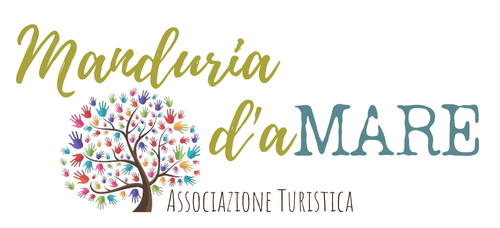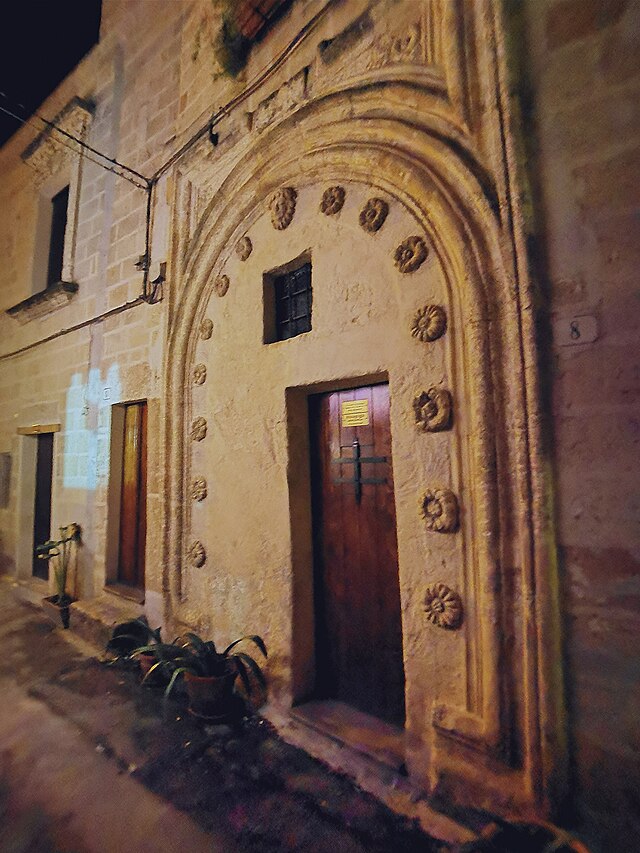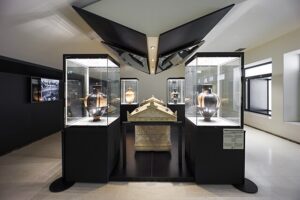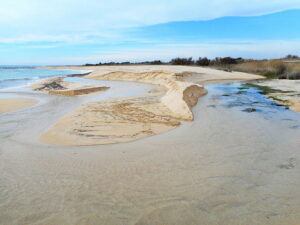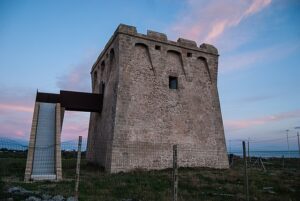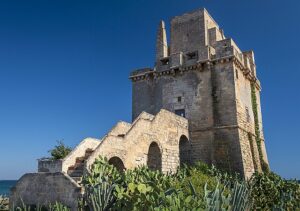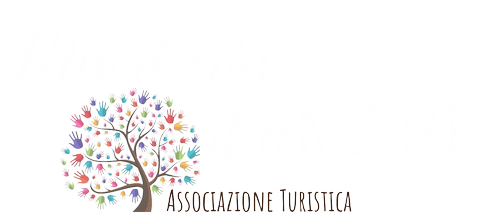In Puglia, the Jews spread during the Norman-Swabian period. Wealthy communities were present in Lecce, as well as in Brindisi and Oria. The one in Taranto was also thriving, where in 1165 there were around three hundred individuals. Jewish presence was also found, during the reign of the Swabians, in towns like Trani, Barletta, Andria, Corato, Alberobello, Nardò, and Manduria. In the latter city, as reported by the local priest and historian Leonardo Tarentini, the Jewish quarter ‘existed here from the 13th to the 17th century’.
It is false, as the scholar later reports, that this area of the historic center was completely isolated from the rest of the town of Manduria. In fact, the Jews, while forming separate communities, lived in a zone very close to the Matrice church, later identified by the term Giudecca. As a set of dwellings, the Giudecca should not be confused with the ghetto. The latter was established and spread in Christianity by Pope Paul IV’s bull Cum nimis absurdum in 1555, when most of the Jews had already been expelled from the Kingdom of Naples. It consisted of a neighborhood surrounded by walls, communicating with the rest of the city through a few gates, which were closed at night and guarded by watchmen to prevent Christians from entering. The Giudecca, on the other hand, was always characterized by the spontaneous gathering of Jewish houses around the synagogue, the beating heart of the community.
Manduria also had a synagogue, transformed in the 17th century into a manor house with an elegant portal, now bricked up, but which features fourteen decorative floral elements, seven on one side and seven on the other, divided in the center by a mask with probable apotropaic significance. The reference to Jewish symbolism is evident through the number 7, repeated twice in the stone plaques, which we also find, for example, in the menorah, the typical seven-branched candelabrum.
The Jews of Manduria, a town then known by the name Casalnuovo, experienced a significant upheaval at the end of the 13th century when Charles II of Anjou, with skilled political and economic strategies, managed to further isolate the Jewish communities of the Kingdom, granting significant tax exemptions to Christian converts. As a result, in 1294, 34 members of the Jewish community converted to Catholicism. However, it was with the expulsion decrees of November 1510 that the Jewish communities of Southern Italy received a severe blow. Subsequently, the Jewish quarters were isolated from the rest of the city. In Manduria as well, as reported by Tarentini, gates were built that isolated the Jewish quarter from the rest of the town: “There are still three large arches made of tuff that closed off the Ghetto – writes Tarentini – The first is located to the south and can still be seen with the inscription on the beam at the top of the doorframe: 1602. The second is to the east, and the third is to the west, which connects to the ancient Via delle Carceri Vecchie. These arches were equipped with gates, and an old tradition tells us that the local authorities of the town would lock those doors at midnight, reopening them with the sunrise the following morning. This measure was necessary to prevent the Jews from spreading their religion during the night.
Today, the area has retained its original toponym. It develops around Vico Stretto, Vico Lacaita, and Vico degli Ebrei and is accessible through three entrances marked by arches, one of which bears the date 1602. The rectangular area is characterized by a maze of narrow alleys, with doorways providing direct access to individual dwellings from the street.
In one of these alleys, the synagogue is said to have been located; however, no definitive documentation exists. The room consists of a small rectangular space with a barrel-vaulted ceiling. It is accessed directly from the street through a door that cuts through an arch, decorated all around with rosettes and, at the top, with an anthropomorphic mask. Not far away, the Rabbi’s House has been located. It overlooks an inner courtyard, which can be accessed through a round-arched entrance. The house, dating back to the 16th-17th centuries, features a stone balcony adorned with pierced decoration and floral motifs.
